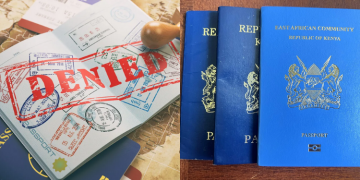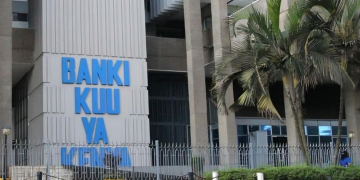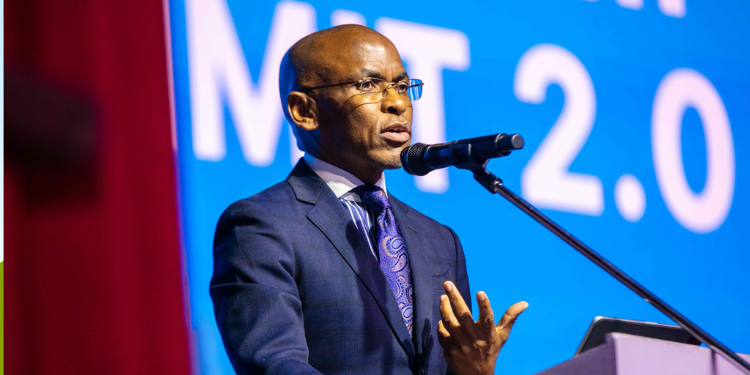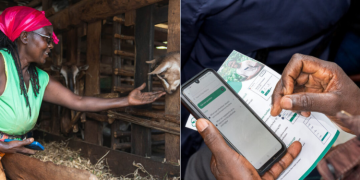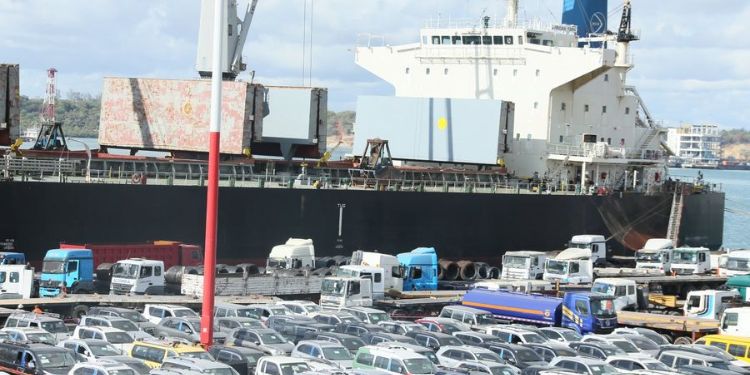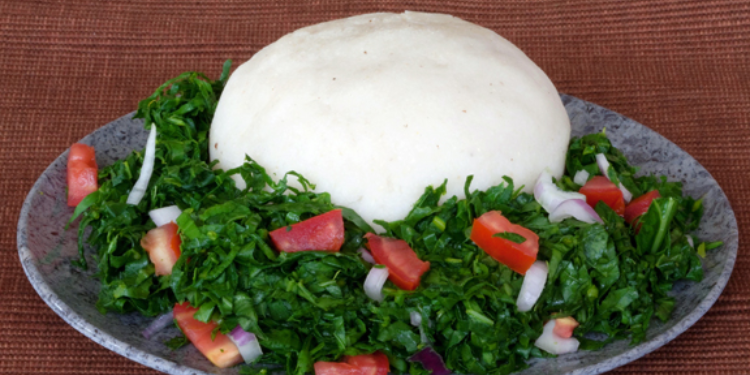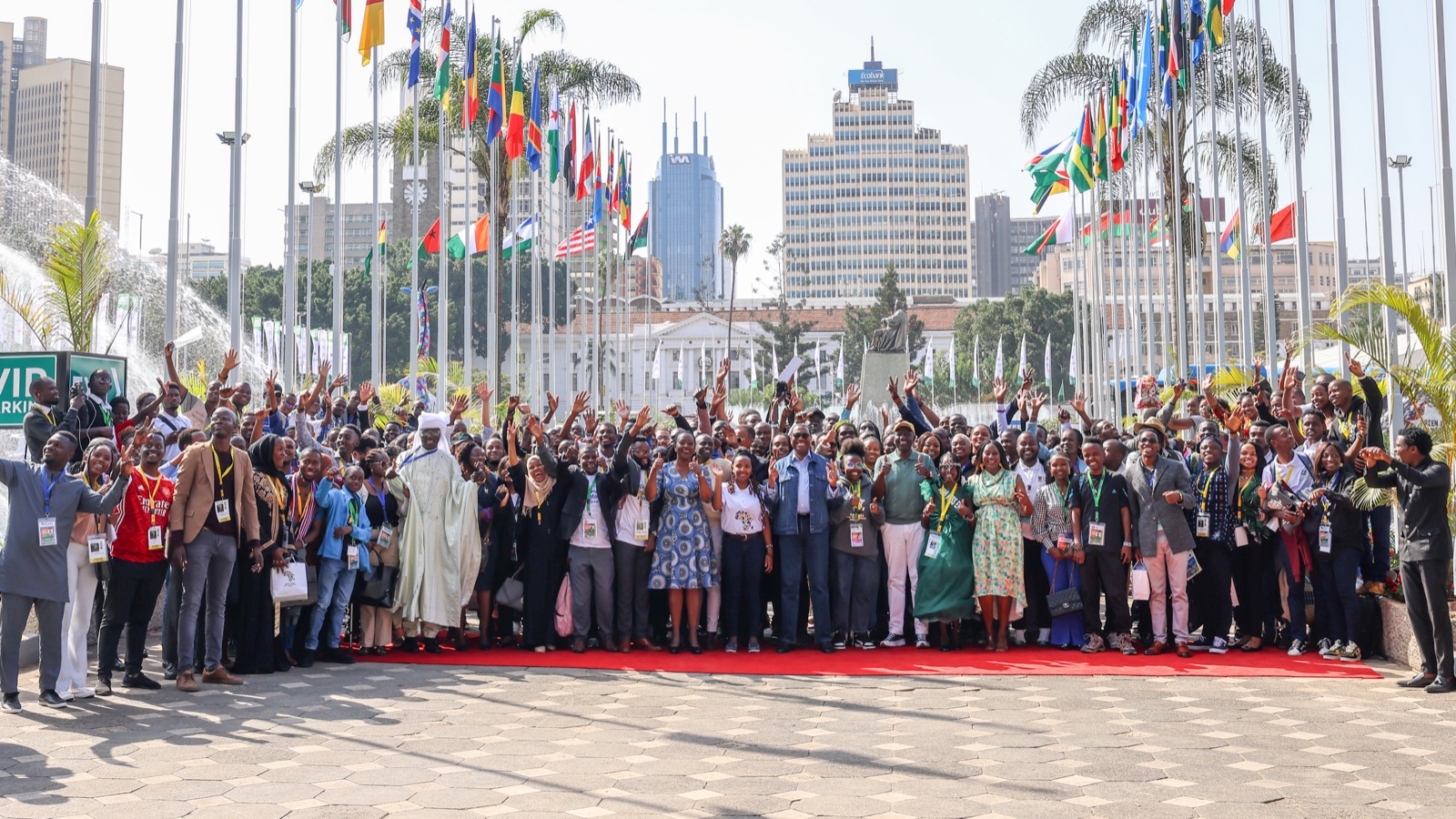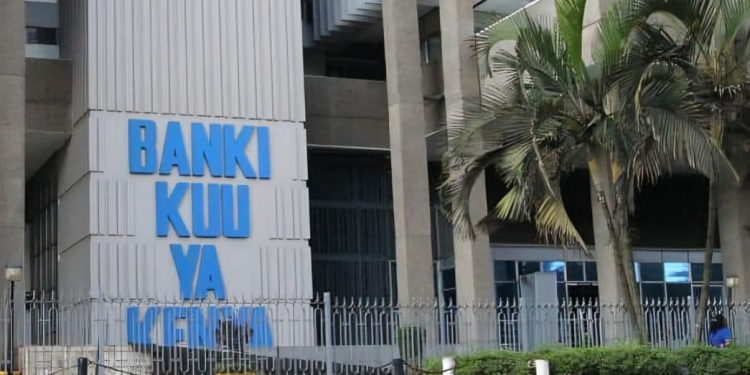Remittances coming into Kenya have increased. This has helped facilitate a stronger economic outlook for the country as its foreign currency reserves climb.
For those living in Kenya, life can be tough, with around 25% of its population living below the poverty line. It is often made easier by the input of family and friends working abroad, who send money back to the country to help their loved ones.
This can be used for basics like food and shelter, as well as to build businesses and pay for education. These remittances have a significant impact on the economy and have recently boosted Kenya’s foreign currency reserves.
Kenya’s Burgeoning Currency Reserves
Foreign currency reserves in Kenya reached their highest level on record in 2025, according to the Central Bank of Kenya (CBK). They have shown that USD $12.19 billion is held in the country, equivalent to KSh 1.57 trillion as of the October closing date.
A large part of this was put down to remittances, which also reached a high. Foreign investments and development partners also played a large part in this, with one major factor being the proceeds from the country’s Eurobond Issuance.
This is a debt security issued in a market that differs from the Kenyan one. As a long-term debt instrument, they raised USD 1.5 billion (KSh 194 billion) across seven and twelve-year sections.
The inflows from these managed to impact accounts at CBK during the first two weeks of October. No other significant inflows were recorded.
Remittances to Kenya Climb Ever Higher
In 2024, according to the Kenya National Bureau of Statistics (KNBS), remittances coming into the country grew to KSh 674.1 billion from KSh 591.2 billion the year before.
This 145% increase is a common trend over the past few years, as the Kenyan diaspora begins to earn money abroad and send it back home. In 2025, this continued with June alone bringing in a 13.8% increase on the year before. This totalled KSh 54.68 billion.
A remittance is money sent from one location to another. You may have done this yourself, through wire transfers like Western Union. However, in the modern digital era, it is more likely you have used one of the many other ways to do this, and even banks can complete these tasks quickly for you. These transfers are a way for people working abroad to send money to their families, and can impact an economy, providing more disposable income to the country to which they are being sent.
Inward remittances are money received into a bank account from a foreign country. These tend to peak in December, just in time for the end-of-year festivities. In December 2024, around KSh445.3 billion in remittances were sent to the country.
These remittances have come from a wide variety of sources, though 51% sail in from the United States. This has been despite political shifts in the country and the economic impact of tariffs. There has long been a large diaspora of Kenyan’s in the United States, with approximately 102,000 Kenyan immigrants and their families living and working in the country. Texas has the highest number, with 14,008, followed by California with 7,016.
In the global ranking, Kenya stands fourth in terms of the amount sent in remittances. Egypt sits at the top with $22.7 billion USD sent home, followed by Nigeria and then Morocco.
How Do Remittances Impact Foreign Currency Reserves?
The impact is that a country suddenly finds itself with foreign currency reserves flowing in. In the case of Kenya, half of the money comes from the US, with the majority of its reserves being US dollars. This links the country’s development directly to that of the United States, especially if the US dollar strengthens.
This is particularly important information if you are involved in forex trading. By using easy-to-open mobile platforms, you can have easy access to global currency pairings round-the-clock, and know how they are performing by using these platforms. When the USD is strong, it tends to harm emerging and growing markets like Kenya.
However, after a record government shutdown in the country, the dollar continues to plummet. This is good for many countries, like Kenya, which can afford more imports from the US and may have their debt burdens reduced. It is also good for those on trading platforms who have investments in forex placed against the US dollar.
When a country holds foreign currency reserves, it then has more scope to influence monetary policy. By holding them in a foreign currency, ie, the USD or Euro, it can also guard against market shocks. For example, if the Kenyan economy got into trouble, you may find its USD holdings largely unaffected. This provides a hedge and can stabilize the national currency.
For some, the worry is that too many remittances can be harmful. They may set about appreciating the exchange rate. In turn, this can raise the price of exports and increase the cost of imports. In smaller economies, this is more likely to have an impact.
According to the United Nations Development Programme, evidence on the relationship between remittances and economic growth is mixed. A study by them found that of 29 developing countries between the years of 1980 and 2004, a positive impact was found to occur as a result of remittances. A similar study of 18 Latin American Countries between 1980 and 2005 showed that remittances positively affected countries with less developed financial systems. A further study of African countries between 1980 and 2004 found the same. Yet the United Nations Development Programme points out that, in Asia-Pacific countries, domestic investment and human capital development had only a marginal impact on growth between 1993 and 2003.

How Do Remittances Boost an Economy?
On the surface, workers send remittances home to help their families. This provides them with food and money to pay bills. Yet this has a much deeper impact on a country. This money helps areas grow, recover, and foster long-term growth.
Imagine being in this situation, and the benefits of sending money home so your children can go to school. It would provide a long-term educated population and workforce, reaching into higher education and the labor market. In other instances, you may send money so a family member can start a business. This would help them set up, pay business taxes, and generate revenue, increasing the GDP of the country.
Migrants also provide valuable services in their host countries. They can address skill and labour shortages and also contribute to a country’s taxation and welfare systems. Together, they create a more habitable and positive home environment, lifting people out of poverty and fostering social stability.
These remittances are a lifeline for many Kenyans. According to the Kenya National Bureau of Statistics, 19.1 million people in the country live below the poverty line. In some provinces, such as Turkana, this can reach 45.7% of the population living in extreme poverty.
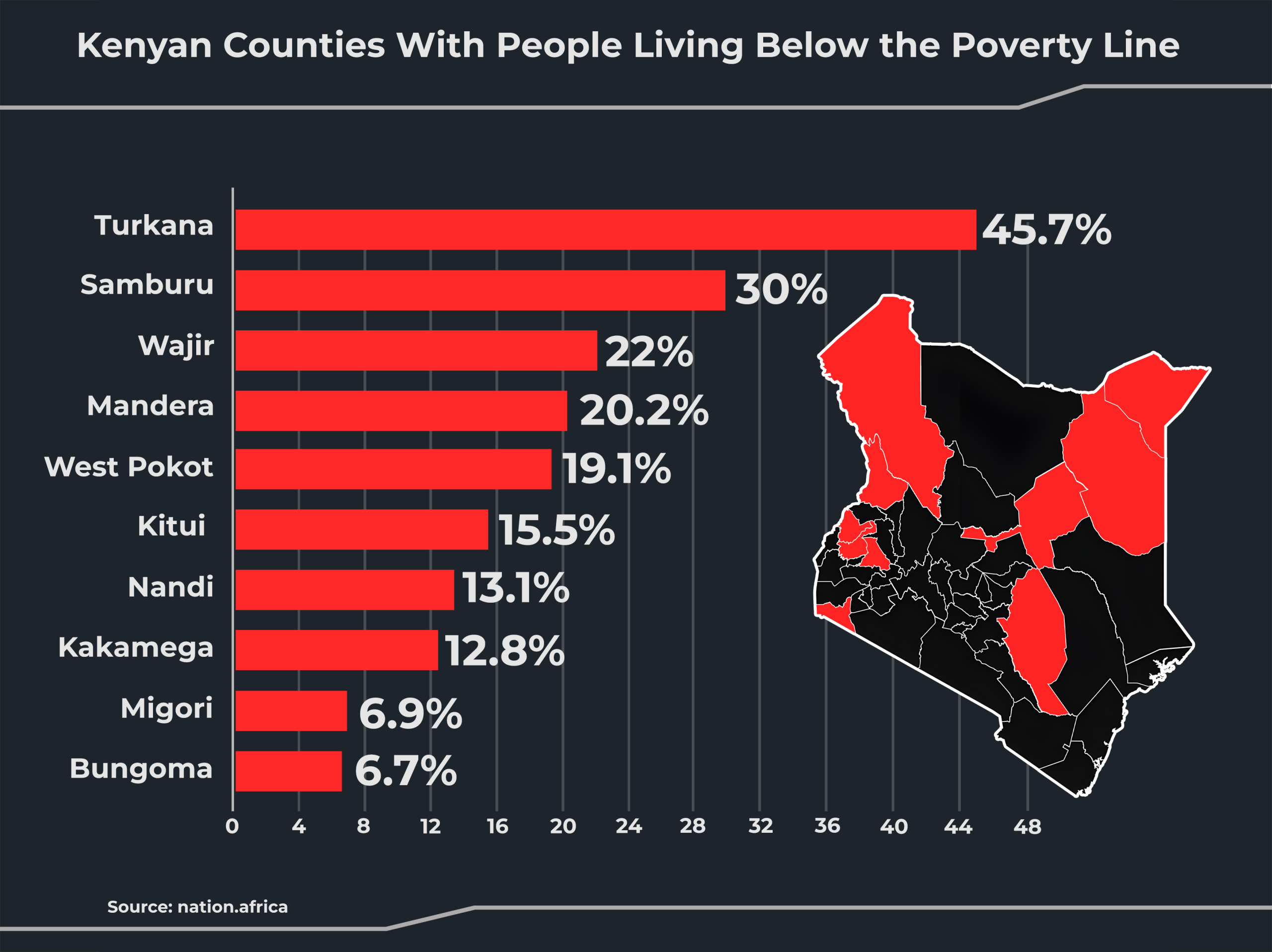
One example of this can be found on the UN Migration website, and is an account of how a man named Modi, whose wife went to work in Saudi Arabia. Despite living in a major tourist destination, he resided in Kilifi, north of Mombasa, which is an area of poverty. Now working as a house manager, his wife can send home around $1200 USD a month. The family is educating their daughters with the money and building a rental house that will provide a sustainable income.
Kenya’s Place in the Global Economy
Currently, these remittances are vital to Kenya, which is struggling with national debt, and could not come at a better time. In early 2026, Kenya will have external debt service payments to make. These include a USD $300 million syndicated loan from the Trade and Development Bank, with maturity in December. It has also said it plans to convert some of its US dollar-denominated debt to pay off loans from the Export-Import Bank of China. This would extend maturity while lowering interest rates, though it is unclear whether the Bank of China would support it.
S&P Global Ratings has raised Kenya’s credit rating from B to B-. This is classified as a stable outlook, with examples of possible strong economic growth despite these debt pressures and a reduction in liquidity risks. The country has also benefited from higher export income. This is particularly true of the coffee industry. Easing from Kenya’s Central Bank has also added to this, as they cut rates to 9.50%.
However, it did attach a warning. Distressed debt operations and pressure on the increasing reserves of foreign currency may see a correction. This is vital for Kenya, and it must ensure it manages its debt burdens as it has done over the last two years. By doing so, it can improve its fledgling economy and, boosted by increased remittances, lift itself and its citizens out of poverty.

